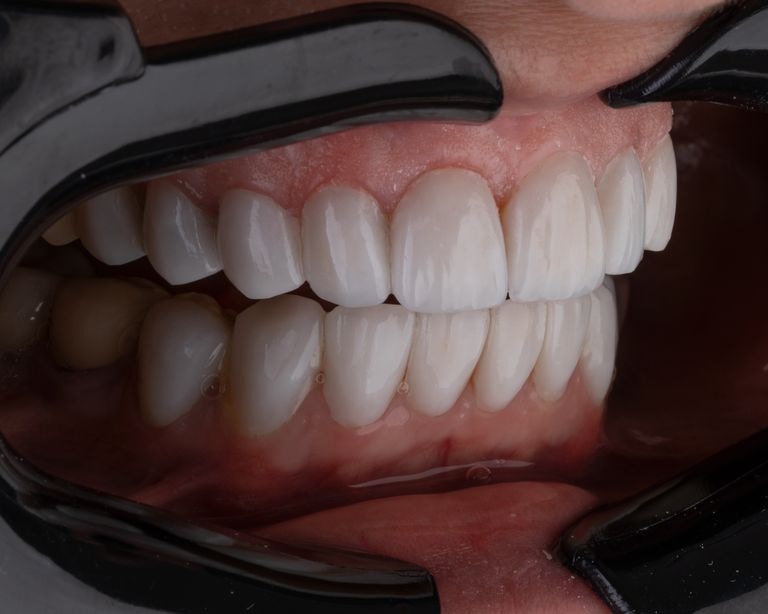
Gum disease progresses through distinct phases. Gum inflammation is the first stage, known as gingivitis. Gum bleeding could indicate this stage. This could happen on its own or during brushing and flossing. Additionally, bleeding during a gingivitis check could be a sign.
Gum diseases is referred to as periodontitis. At this stage, the bone and gum tissue in your mouth, which support your teeth, start to deteriorate. It's possible that this type of gum disease won't show symptoms until it's quite advanced. Gum pockets, loose teeth, spaces between teeth, foul breath, receding gums—a condition in which the gums move away from the teeth, giving the teeth an extended appearance—and bleeding gums are a few indicators of periodontitis.
The most frequent cause is dental plaque, a thin layer of bacteria that frequently accumulates on teeth. Gum swelling may result from bacteria if plaque is not eliminated. The gums begin to pull away from the teeth as this process goes on, which permits the bacteria-filled plaque to form beneath the gum line.
Once the germs have gotten this far in, they start to destroy gum and bone tissue, which intensifies the inflammatory process. Dental plaque has the potential to solidify into calculus, also referred to as tartar, above or below the gum line. In addition to being coated in germs, calculus is more difficult to remove than plaque due to its hardness and adherence to the teeth. As a result, bacteria may still negatively impact the gums.
Your chance of developing gum disease might also be influenced by other variables. Some of these include inadequate dental hygiene, immune-suppressive drugs, viral infections, stress, uncontrolled diabetes, excessive alcohol and tobacco use, and pregnancy-related hormonal changes.
Gum disease symptoms may affect you in additional ways. Your look and speech could deteriorate. Furthermore, studies have indicated a strong correlation between general health and dental health.
Gum Diseases Treatment
What symptoms indicate gum disease? Some of the indicators already discussed in this article might catch your eye. If so, it could be a good idea to speak with a licensed dentist who can examine your gums.
Can gum disease be managed? Gum disease can be treated in reverse when it's early on. The objective is to stop gum disease from spreading further before it destroys more of the surrounding bone and tissue if it reaches the stage of periodontitis. Plaque and calculus can be removed from your teeth by dental specialists using specialized equipment, both above and below the gum line.
Preventive measures are the key to lowering your risk of this subtle but potentially devastating disease, even if you have little or no access to professional dental care. The greatest way to lower the risk of gum disease is to practice good oral hygiene on a regular basis.
Upvoted. Thank You for sending some of your rewards to @null. Read my last posts to make sure that BLURT burning is profitable for you. Before using this bot please make sure your account has at least 100 BP. Get more BLURT:
@ mariuszkarowski/how-to-get-automatic-upvote-from-my-accounts@ blurtbooster/blurt-booster-introduction-rules-and-guidelines-1699999662965@ nalexadre/blurt-nexus-creating-an-affiliate-account-1700008765859@ kryptodenno - win BLURT POWER delegation